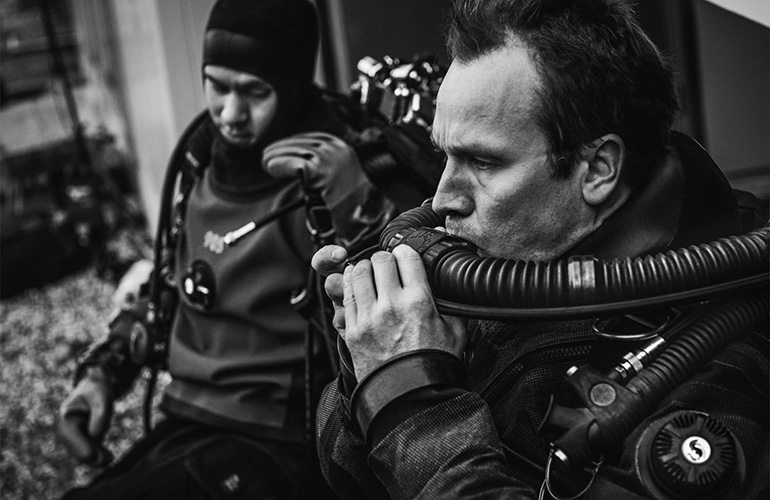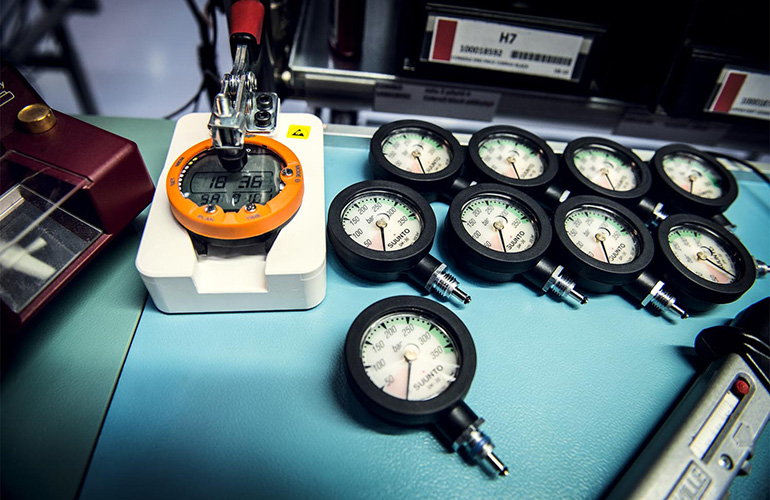Tech diving means going deeper for longer and requires, as the name suggests, a more technical understanding of what's going on with your gases. In this second part on Suunto algorithms, we go deeper into Suunto's RGBM.
For technical divers, there are two key reasons Suunto’s Reduced Gradient Bubble Model, or RGBM, algorithm stands out. The first is microbubbles. No other brand of dive computer takes into account the accumulation of inert gases on this level. At any given point, even when you’re on dry land, your veins and arteries have microbubbles filled with these inert gases. When small, they’re of no consequence.

But when they expand from time at depth, they begin to limit off-gassing. The deeper you dive, the greater a risk factor microbubbles potentially become. Suunto’s computers will force you to decrease your ascent rate when microbubbles start to become an issue.

Second, Suunto is the only brand whose computers factor in the risk of isobaric counterdiffusion (ICD), which can potentially occur on ascent. Normally, as you breathe while making your way back to the surface, you’re off-gassing; however, depending on your gas blend, these inert gases could travel further into your system as opposed to out, due to the increasing partial pressures of gases upon ascent. Suunto’s computers will alert you when you’re at risk of ICD, and will alter your ascent plan as necessary to keep you safe.
How does ICD affect divers? Hear Dr Wienke explain below and check out our other video guides to our algorithms here.